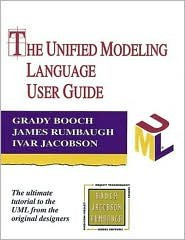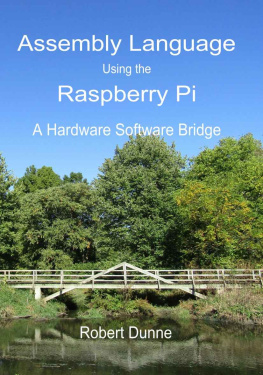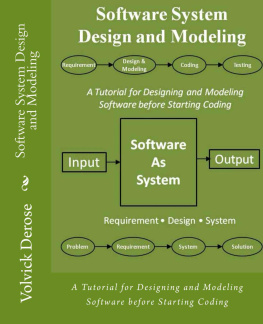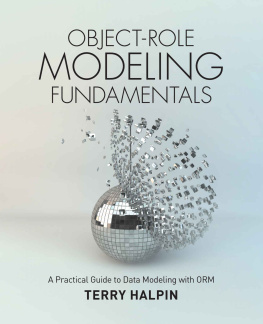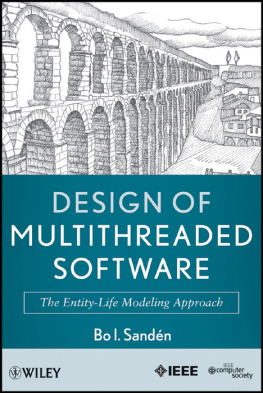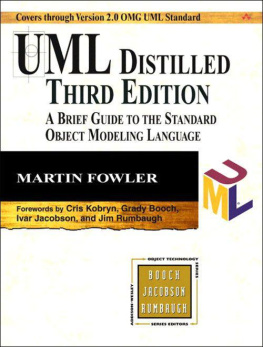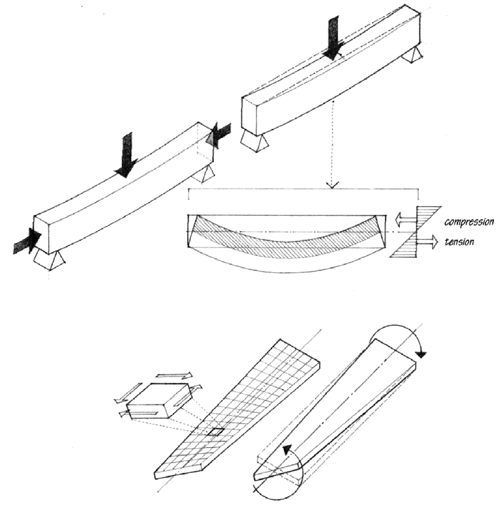Chapter16. Use Cases
No system exists in isolation. Every interesting system interacts with human or automated actors that use that system for some purpose, and those actors expect that system to behave in predictable ways. A use case specifies the behavior of a system or a part of a system and is a description of a set of sequences of actions, including variants, that a system performs to yield an observable result of value to an actor.
You apply use cases to capture the intended behavior of the system you are developing, without having to specify how that behavior is implemented. Use cases provide a way for your developers to come to a common understanding with your system's end users and domain experts. In addition, use cases serve to help validate your architecture and to verify your system as it evolves during development. As you implement your system, these use cases are realized by collaborations whose elements work together to carry out each use case.
Well-structured use cases denote essential system or subsystem behaviors only, and are neither overly general nor too specific.
Chapter17. Use Case Diagrams
In this chapter
Modeling the context of a system
Modeling the requirements of a system
Forward and reverse engineering
Activity diagrams are discussed in.
Use case diagrams are one of the five diagrams in the UML for modeling the dynamic aspects of systems (activity diagrams, statechart diagrams, sequence diagrams, and collaboration diagrams are four other kinds of diagrams in the UML for modeling the dynamic aspects of systems). Use case diagrams are central to modeling the behavior of a system, a subsystem, or a class. Each one shows a set of use cases and actors and their relationships.
You apply use case diagrams to model the use case view of a system. For the most part, this involves modeling the context of a system, subsystem, or class, or modeling the requirements of the behavior of these elements.
Use case diagrams are important for visualizing, specifying, and documenting the behavior of an element. They make systems, subsystems, and classes approachable and understandable by presenting an outside view of how those elements may be used in context. Use case diagrams are also important for testing executable systems through forward engineering and for comprehending executable systems through reverse engineering.
Chapter18. Interaction Diagrams
In this chapter
Modeling flows of control by time ordering
Modeling flows of control by organization
Forward and reverse engineering
.
Sequence diagrams and collaboration diagramsboth of which are called interaction diagramsare two of the five diagrams used in the UML for modeling the dynamic aspects of systems. An interaction diagram shows an interaction, consisting of a set of objects and their relationships, including the messages that may be dispatched among them. A sequence diagram is an interaction diagram that emphasizes the time ordering of messages; a collaboration diagram is an interaction diagram that emphasizes the structural organization of the objects that send and receive messages.
You use interaction diagrams to model the dynamic aspects of a system. For the most part, this involves modeling concrete or prototypical instances of classes, interfaces, components, and nodes, along with the messages that are dispatched among them, all in the context of a scenario that illustrates a behavior. Interaction diagrams may stand alone to visualize, specify, construct, and document the dynamics of a particular society of objects, or they may be used to model one particular flow of control of a use case.
Interaction diagrams are not only important for modeling the dynamic aspects of a system, but also for constructing executable systems through forward and reverse engineering.
Chapter19. Activity Diagrams
In this chapter
.
Activity diagrams are one of the five diagrams in the UML for modeling the dynamic aspects of systems. An activity diagram is essentially a flowchart, showing flow of control from activity to activity.
You use activity diagrams to model the dynamic aspects of a system. For the most part, this involves modeling the sequential (and possibly concurrent) steps in a computational process. With an activity diagram, you can also model the flow of an object as it moves from state to state at different points in the flow of control. Activity diagrams may stand alone to visualize, specify, construct, and document the dynamics of a society of objects, or they may be used to model the flow of control of an operation. Whereas interaction diagrams emphasize the flow of control from object to object, activity diagrams emphasize the flow of control from activity to activity. An activity is an ongoing nonatomic execution within a state machine. Activities ultimately result in some action, which is made up of executable atomic computations that results in a change in state of the system or the return of a value.

